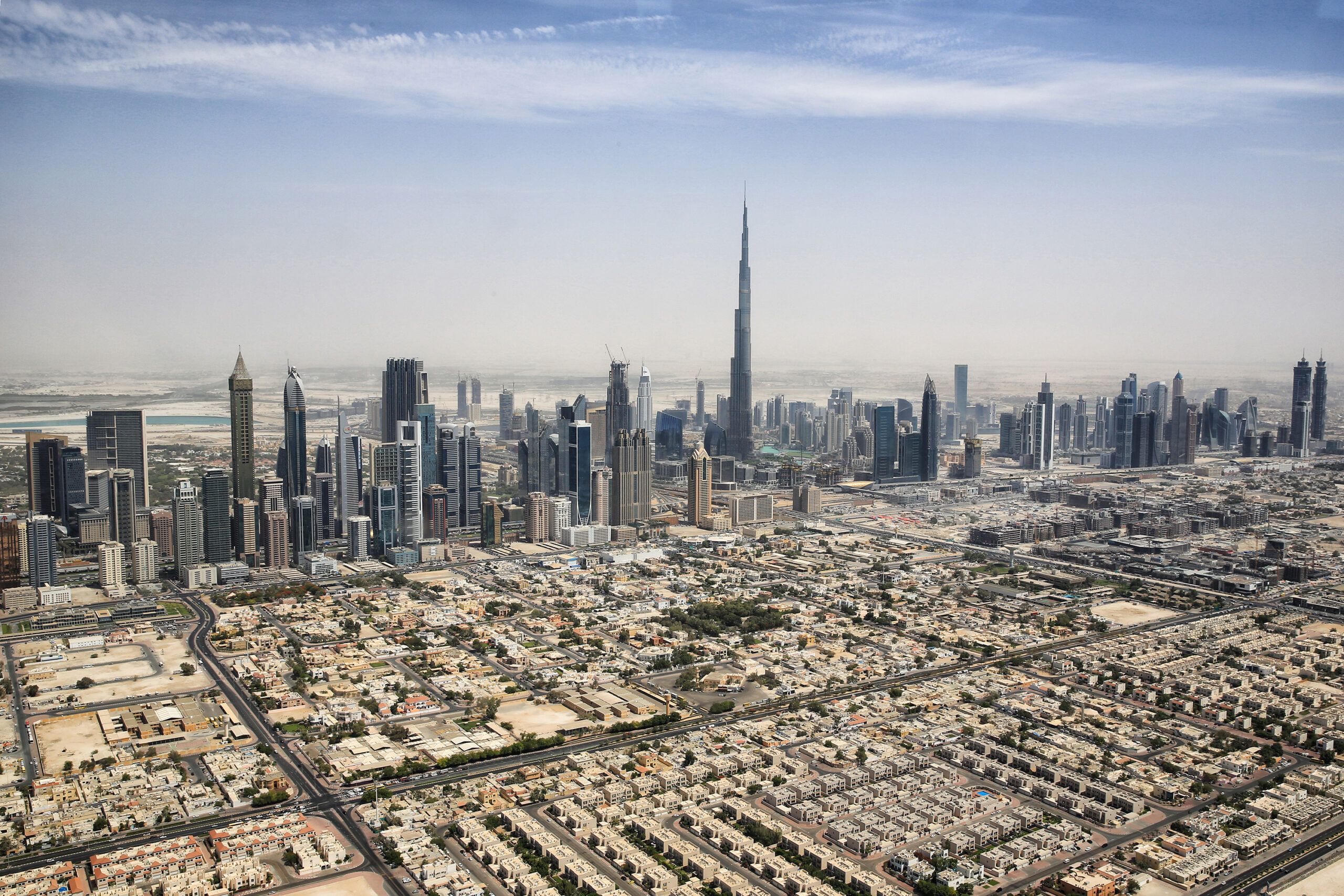The Middle East has become a fertile ground for innovation and tech-driven startups in recent years. Since 2016, Souq.com and Careem became the first two Middle Eastern startups valued at over a billion dollars. Young entrepreneurs across the Middle East have started new companies hoping to replicate startup scenes in the U.S and Europe. These entrepreneurs are a boon to their countries’ economies, which suffer high unemployment rates even among educated youth.
On November 11th, the Harvard Arab Conference Business Edition hosted a panel titled “Technology and Innovation: Inseparable Couple?” to address the ways in which technology is transforming the Middle East. The panel hosted intellectuals and business leaders with experience working in the technology sector in the Middle East. They discussed how the region is capitalizing on technology to stimulate innovation and its implications for the high regional unemployment rates as well as the trend known as “brain drain” of migration among skilled workers who choose to leave the Arab World in search of opportunities outside their home countries.
The panel hosted Dr. Manar Al Moneef, president and CEO of GE Renewable Energy in the Middle East, North Africa, and Turkey region; Sevag Papzian, a partner with Strategy& and a member of the firm’s Telecommunications, Media, Technology, and Digital practice in the Middle East; and Edmond Awad, a Postdoctoral Associate at the Scalable Cooperation group at the MIT Media Lab. The panel was moderated by Faisal Kawar, an MBA Candidate at the Harvard Business School.
Reimagining energy: Renewable technology and Saudi Arabia’s energy challenges
To launch the discussion, Kawar asked the panelists to reflect on how renewable technology is faring in the Middle East. Dr. Moneef commented that the Gulf is transforming and reimagining the energy sector by focusing on renewable energy as the main driver forward. According to Dr. Moneef, the whole region is reshaping the energy sector in four areas: de-carbonization, decentralization, electrification, and digitization. She pointed to Saudi Arabia as an example, noting that Riyadh is beginning to introduce new technology in order to reduce the cost of energy. In 2016, Saudi Vision 2030, a plan to reduce Saudi’s dependence on oil, diversify its economy, and develop public service sectors, set out an initial target of 9.5 gigawatts (GW) of renewable energy as part of the King Salman Renewable Energy Initiative. Originally, the Kingdom aimed to reach that target by 2030, but the government reported in 2017 that it plans to hit the 9.5 GW target by 2023 – 17 years earlier than projections in the previous plan, released by The King Abdullah City for Atomic and Renewable Energy (KACARE).
Saudi Arabia spends 3 billion Riyals annually to produce electricity. Saudis burn about a quarter of the oil they produce, and their domestic consumption has been rising at an alarming seven percent a year, nearly three times the rate of population growth. According to a 2011 report by Chatham House, domestic consumption could eat into Saudi oil exports by 2021 if this trend continues, rendering the Kingdom a net oil importer by 2038. Reducing the runaway domestic demand for energy and shifting electricity generation away from oil-reliant generation will form a critical component of the country’s post-oil energy ecosystem.
Confronting the youth bulge: Tapping and nurturing local talent
The panelists also spoke on the impending Middle East youth bulge, which is among the most critical economic development challenges facing the Middle East in the 21st century. Almost 65 percent of the region’s population is under the age of 30, and the unemployment rate among people between the ages of 15 and 29 is around 30 percent, according to the ASDA’A Burson Marsteller Arab Youth Survey 2017. Papzian commented on technology’s role in the region’s labor market, claiming that the tech world is disrupting the Middle Eastern labor market by creating more opportunities for Arab youth. Already, the ride-hailing app Careem has created more than 500,000 jobs. Papzian emphasized that support and funding for technology startups are imperative to driving job growth in the region. Just last year, Arab entrepreneurs raised more than $3 billion in technology investments for the region – the highest amount ever.
Across the Middle East, a number of countries have improved education achievement of their younger generations by notable rates, and the region is set to expand its tertiary educated talent pool by 50 percent by 2030. However, there is a severe mismatch between the supply of graduates and available jobs on the market. According to the 2015 Fresh Graduates in the MENA survey, 76 percent of recent graduates said that finding a job is the foremost challenge facing their generation. As a result, the region, until recently, experienced a high level of brain-drain in the form of precipitous shifts in human capital to the United States and Europe. Edmund Awad argued that local governments in the Middle East must offer more support to cultivate and retain talent locally. He insisted that corporations and companies in the region must contribute to strengthening the educational opportunities for young people. In providing an example of how tech companies are contributing to expanding educational opportunities in the region, Dr. Moneef mentioned that General Electric (GE) is investing in the region’s human capital by developing multiple leadership programs in order to support and encourage exceptional youth. GE is currently funding 30 students to attend university, guaranteeing them jobs upon graduation. The panelists all agreed that technological growth, including such leadership programs, can aid in reversing the trend of brain drain in the region.
Ideas and businesses developing in the Middle East, along with revitalized interest and investment in its startup ecosystem, are situating the Arab world as a force of global innovation. With rising geopolitical tensions, the world’s highest youth unemployment rate and a shift away from oil-based economies, technology and innovation promise to redefine the region’s future. Technology and innovation have the potential to ameliorate an impending regional energy crisis while creating space for young people to flourish.
